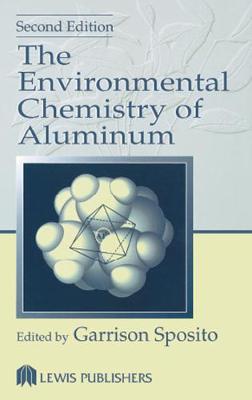The Environmental Chemistry of Aluminum provides a comprehensive, fundamental account of the aqueous chemistry of aluminum within an environmental context. An excellent reference for environmental chemists and scientific administrators of environmental programs, this book contains material reflecting the many recent changes in this rapidly developing discipline.
The first three chapters discuss the most fundamental aspects of aluminum chemistry: its quantitation in soils and natural waters, including speciation measurements, and its stable chemical forms, both as a dissolved solute and in a solid phase. These chapters emphasize both critical assessments of and definitive recommendations for laboratory methodologies and measured thermodynamic properties relating to aluminum chemistry.
The next four chapters in The Environmental Chemistry of Aluminum build on this foundation to provide details of the polymeric chemistry of aluminum: its polynuclear and colloidal hydrolytic species in aqueous solution, its complexes with natural organic ligands, including humic substances, and its role as an adsorptive and adsorbent in surface reactions. These chapters are grounded in experimental results rather than conceptual modeling.
The final three chapters describe the chemistry of aluminum in soils, waters, and watersheds. These chapters illustrate the problems of spatial and temporal variability, metastability, and scale that continue to make aluminum geochemistry one of the great challenges in modern environmental science.
- ISBN10 1566700302
- ISBN13 9781566700306
- Publish Date 27 November 1995
- Publish Status Active
- Publish Country US
- Publisher Taylor & Francis Inc
- Imprint CRC Press Inc
- Edition 2nd edition
- Format Hardcover
- Pages 476
- Language English
